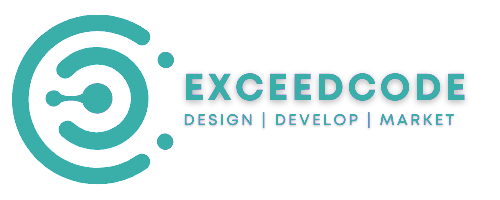On-Page SEO Checklist - Ultimate Quick Guide to Fix SEO
What is On-page SEO?
Onpage SEO refers to the process of improving a website’s metadata and content for search engine positioning. It is frequently used as a synonym for “search engine optimization” and can refer to either the method or its outcomes. On-page SEO, which can affect click-through rates on articles for keywords related to your sector, comprises site structure, heading tags, meta tags, content formatting, and placement (for example, heading tags within an article).
On-page SEO is important because it explains to Google everything it needs to know about your website and how it helps customers and visitors. It makes your site better for both people and Search engine robots.
Just making a website and putting it online isn’t enough. If you want it to rank and bring in new visitors, you also need to optimize it for Google and other search engines.
On-page SEO means the changes and tricks you apply to a page to be optimized to rank better due to proper usage of keywords, titles, images, and interlinking. In contrast, off-page and technical SEO elements aren’t always visible.
By using pertinent keywords and terms related to your sector, on-site optimization increases inbound traffic from search engines like Google and Bing and keeps current users engaged.
On-page SEO is entirely up to you, so it’s essential to do it right. Now, let’s talk about what makes up on-page SEO.
Why is On-page SEO important?
On-page SEO is an integral feature of your SEO strategy because search engine bots use these factors to decide what content should be at the top of the search results page (SERP) when a user inputs keywords into the search field.
Google’s “How Search Works” page says, “When a page has the same keywords as your search term, that’s the most basic sign that the information is useful.” Having essential keywords in important on-page elements like metadata, headings, the body, and even images helps determine if the content is relevant to what the user is looking for.
Optimizing these on-page factors helps searchers find the best content that answers their questions or concerns. It is suggested to use this Onpage SEO Checklist regularly for best results.
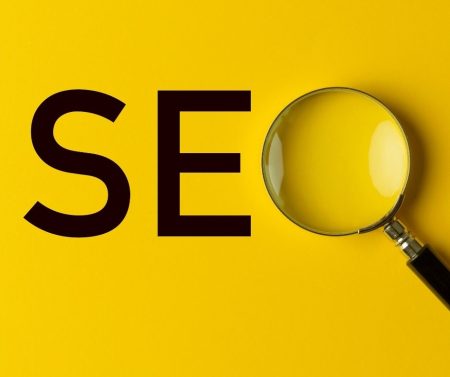
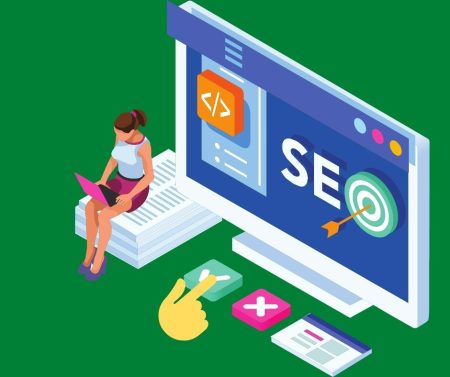
Essential Keys to Fix On-page SEO:
- Content Quality
- Page Title
- Heading & Subheadings
- Meta Description
- Image Alt Tags and File Names
- Structured Markup
- Keyword in Page’s URL
- Interlinking of Pages
- Responsiveness for All Devices
- Speed of the webpage
Detailed Description About Onpage SEO Checklist:
Content Quality:
On-page SEO is all about the page content. It tells both search engines and people who visit your website what it is about and what your business is all about.
The first step to making good content is choosing keywords and relevant topics. Do keyword research by looking up terms on Google and seeing what comes up for your competitors and other websites.

The page content is where you can show Google and your site visitors how valuable your site is. It’s the heart of on-page SEO. All other on-page SEO elements depend on good page content, so spend a lot of time and money developing and optimizing it.
Page Title:
Page titles, also called title tags, are one of the essential parts of SEO.
Titles tell both people who visit a page and search engines what they can find there.
Make sure the focus keyword for each page is in the title so that each page ranks for the right thing. Put your keyword in as naturally as you can.

To define a title, go to the main header file and use the following code.
It will put the title on your webpage; you can define the keywords you want your page to rank for on different search engines. That is why it is an integral part of Onpage SEO Checklist.
Heading & Subheadings (onpage SEO checklist):
One of the most important things for SEO on a page is the headings. H tags are one of the things that web crawlers look at to figure out what your page is about and how it fits with a search query.
Make your headings stand out and be unique. They should also be evident, to the point, and say what your page is all about. Note that your main keyword for the page should be in the heading tags.
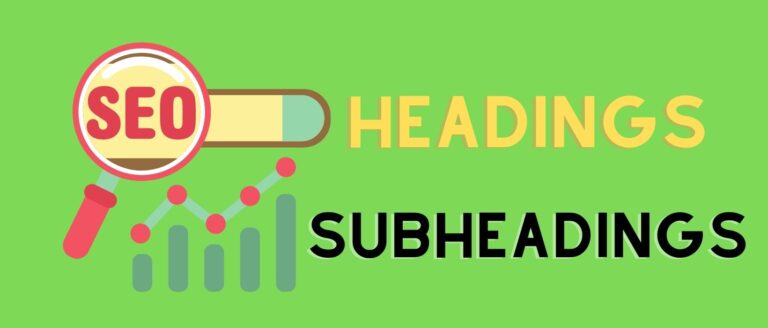
Don’t forget to wrap your main title in an H1 title tag. This HTML code explains to search engines that the copy you covered is the page’s title copy and an essential part of your content.
Meta Description (Search Engine Description)
Meta descriptions are the quick summaries of a page that appear next to the title in search results. Even though it’s not an official ranking factor for search engines, it can affect whether or not people click on your page, so it’s just as crucial for on-page SEO.
Be descriptive when writing your meta descriptions, but keep in mind that they can only be 928 pixels wide.
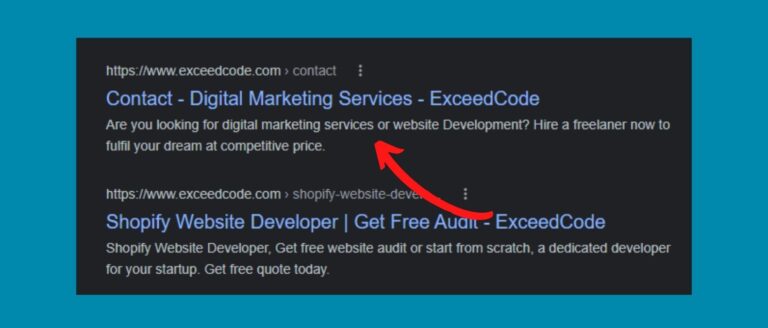
It’s best to include your main keyword and a solid call to action in the first part of your copy to get people to click, read, or learn more about what you have to say. Your can always use this page for your regular onpage SEO checklist.
Image Alt-text:
The alt text and file name for an image are like SEO for the image. It tells Google and other search engines what your photos are about, which is important because Google now gives almost as many image-based results as text-based results.
That means that people may find your site by looking at its pictures. But you have to add alt-text and keyword-oriented filename to your images so that they can do this.
When an image doesn’t upload properly, these phrases show up on your page. It explains what the image is and how it fits into your content. Crawlers also use this to index your photo accurately.
Use high-quality photos, and don’t forget to compress them before uploading them to your site. For faster page load times, make sure your image is the right size for how it will be displayed.
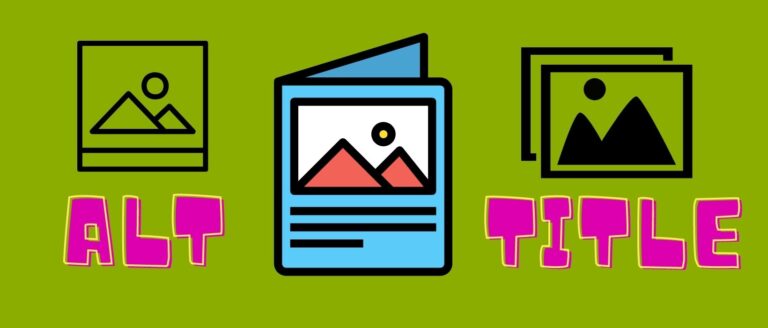
Here are things to consider when adding alt-text and file names to images:
- Give details and make it clear.
- Make it fit within the rest of the page’s content.
- Keep it to 125 characters or less.
- Please don’t use too many keywords, and don’t use them too often.
Structured Markup for seo onpage optimization checklist:
The “marking up” your website source code to make it easier for Google to identify and comprehend different aspects of your content is known as structured markup or structured data.
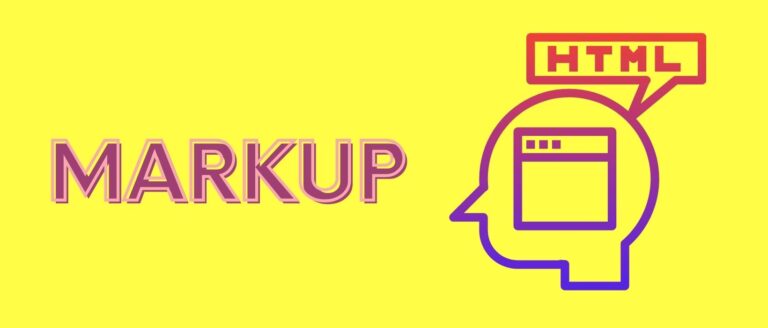
When you search for something on Google, you’ll see highlighted snippets, knowledge panels, and other content elements that use structured markup. When someone publishes your content on social media, it’s also how your individual page information appears so nicely.
Note: Although structured data is part of technical SEO, I’ve included it here since optimizing it improves the on-page experience for users.
Keyword in Page's URL:
Your page URLs should be accessible for readers and search engines to understand. They also help you keep your site’s hierarchy consistent by adding subpages, blogs, and other types of internal pages.
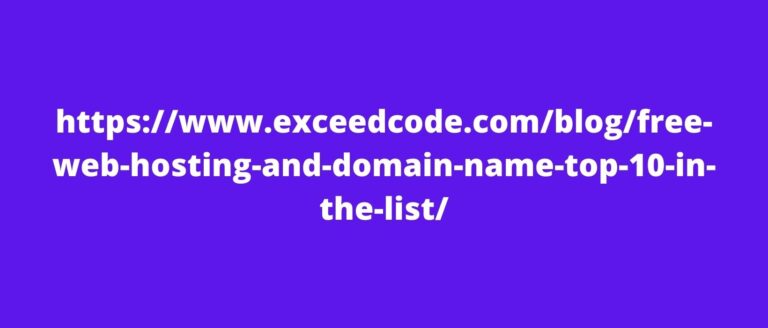
In the above URL, “blog” is the sub-domain, “exceedcode.com” is the domain, “sales” is the folder for the ExceedCode Sales Blog, and “top-10-free-hosting-and-domain-name-websites” is the specific path to that blog article.
Interlinking of Pages:
Interlinking of pages is the process of putting links on your website to other helpful pages. (See how the words “internal linking” in the sentence above link to another ExceedCode blog post?
Interlinking of pages is essential for on-page SEO because it sends viewers to other pages on your site. This will make them stay on your site longer, which tells Google that your site is valuable and worth visiting.

Also, if people stay on your site longer, Google has more time to crawl and index your pages. This allows Google to learn more about your website, which could help it rank higher in search engine results.
Responsiveness for All Devices:
With mobile-first indexing, Google is more likely to use the mobile version of your page to rank and index it.
So, you need to make sure your site works well on mobile devices. Also, many people use search engines on their phones, so optimizing your site for smartphones and tablets will increase your traffic and rank in SERPs.

If your website has a responsive design, it can easily change its layout based on the device’s screen the user is using to look at it.
Speed of the webpage for Onpage SEO:
Your site needs to load quickly, whether it’s being viewed on a phone or a computer. Regarding SEO on a page, page speed is essential.
Google is most concerned with how its users feel. Google knows that people won’t stay on your site if it takes a long time to load or loads in a messy way. Also, the speed of a site can affect conversions and ROI.

Google’s PageSpeed Insights tool lets you check your website’s speed. Check out 5 Easy Ways to Help Speed Up Your Website’s Page Loading Speed if your site is slow.
Note: Phone responsiveness and site speed are part of technical SEO, but I include them here because optimizing them makes the page better for visitors.
Bonus tips for onpage SEO optimisation
Tips for Web Page Content
To organize your pages, think about utilizing headings. To improve the format of your website, add a heading tag immediately after the title tag (i.e., h1> what you’re presenting).
Make sure your call to action is crystal clear. A clear call to action will aid in increasing site traffic.
To make it simple for users to share your website’s content on their own social media platforms, make sure to add social media sharing buttons. This will boost traffic and keep the site visible in search results on social media platforms.
Tips for Meta-Tagging Web Pages
In your meta descriptions and keyword tags, employ relevant terms and phrases. These are chunks of unstructured text that appear on search engine results pages, typically beneath the title of a web page that is listed among the results. Although it shouldn’t duplicate the information in the title tag above it, the meta description should be descriptive of the content on the page.
What are the benefits of Google Analytics?
Even though SEO can be a highly efficient method of increasing traffic to your website, it is crucial to employ additional tracking tools to monitor progress so you can determine what aspects of your SEO strategy are beneficial and which ones need improvement. This will help you track the everyday audience activity if you use this seo onpage optimization checklist.
Conclusion: If you do everything on this SEO onpage optimization checklist, your website will be ready for 2022. Here are things to remember about on-page SEO:
- You can do marketing that doesn’t cost much and gives you a good return on your money (ROI).
- Having an SEO-optimized website helps get people talking about your business because it will use specific keywords related to your business.
- With good SEO, people will be more likely to visit your site if the pages load quickly and are easy to read.
It can be hard to assume how to make your website better for the coming year. If you are so busy working with your business and don’t have enough time to do this all by yourself, you can send us a message. We can’t wait to hear from you!
